Within a Forest Dark [Days 3-5]
by Rudston Steward
he first Canto of Dante’s Inferno contains possibly the best-known lines in Italian literature: “Nel mezzo del cammin di nostra vita / mi ritrovai per una selva oscura / ché la diritta via era smarrita” (Midway upon the journey of our life / I found myself within a forest dark / for the straightforward pathway had been lost.)
Some scholars, and most Calabrians, believe that Dante’s “dark forest” was none other than the Sila in Calabria. Dante must have felt compelled, they say, to visit the abbey founded by Joachim of Fiore, the pre-eminent 12th Century theologian and writer. He would no doubt have explored the valleys that surround Joachim’s abbey and the town of San Giovanni in Fiore, must have gotten lost in these impenetrable forests. Dante rewards Joachim with a spot in Paradiso (Canto XII), calling him a prophet; surely this bespeaks the poet’s intimacy with the Calabrian selva oscura of the Sila?
Our Calabrian guide, Carmine, fervently believes the Dante story. And I, over the course of our seven-day Sila hike, in turn came to believe anything and everything Carmine said, for his knowledge of the local terrain was uncannily encyclopedic. An ethno-botanist by training, there was not a single plant we came across that Carmine couldn’t identify and elucidate—its common name, scientific name, nickname in the local dialect, traditional uses and anecdotal cultural history.
Hiking with Carmine was like trying to keep up with a mad-botanist-professor on a thrilling quest for rare (possibly non-existent) Calabrian plant specimens. He thought nothing of subjecting us to a bone-crunching two-hour detour, simply to show us a curiously shaped boulder he’s fond of (“I know it’s around here somewhere…”), or virtually marching us off a cliff to glimpse a rare fern that happened to grow on a ledge there. We careened constantly off-piste, trailing along behind Carmine like wide-eyed lab assistants in the contagious wake of his botanical enthusiasm.
Whenever Carmine got lost—an all too frequent occurrence—he would glare down at his GPS, pleading with it in Calabrese, cajoling. The GPS would beep; he’d look up, grinning, and then set off again at a clip, crashing through undergrowth like a gleeful child on a wild goose chase. He confessed to us that, as Dante put it, the “diritta via era smarrita.”
WE VEERED CONSTANTLY OFF-PISTE, TRAILING ALONG BEHIND CARMINE LIKE WIDE-EYED LAB ASSISTANTS IN THE CONTAGIOUS WAKE OF HIS BOTANICAL ENTHUSIASM.
Over the next three days, led by Carmine, we traversed the high plateau of the Sila.
On our way out of San Giovanni in Fiore (Day 2) we stopped to see Joachim’s abbey and tomb. In a glass cabinet, next to a bust of the prophet, a large manuscript was on display; I noted with foreboding, given that we were about to march off into the forest dark, that the words “forte tumultus” featured prominently in the selected text.
From San Giovanni we cut across a corner of the Sila Grande, a fifteen kilometer march south-west to Lake Ampollino. Its perimeter, when we finally got there, was bedecked with a dense carpet of wild strawberries. I got on my knees to eat them, as if prostrate in sylvan prayer. To reach our hotel for the night we then crossed the lake in plastic pedalò paddle boats that Carmine, in a stroke of logistical genius, had had delivered for us on the lake’s far shore.
Onwards (Day 3) into the majestic primary forests of Mount Gariglione and the Tacina Valley—the wild green heart of the Sila Piccola. In keeping with the hike’s Dantesque overtones, we passed through an area called the Valley of Purgatory—a labyrinth of crepuscular trails winding through monumental beech trees. Carmine’s tracks turned schizophrenic: every so often he’d saunter entropically out of sight, only to return moments later with a porcino mushroom held triumphantly in hand.
There’s nowhere to stay up in the Gariglione, so Carmine pulled some strings and arranged to have an old mountain refuge, the Rifugio Latteria, opened up for us for the night—with catering. The chefs prepared our porcini, one of five dinner courses; an astonishing meal to partake of in such a remote setting. Then they drove off in their jeep, leaving us huddled around our bonfire, well-fed, exhausted and content.
SOFTER AND MORE GUTTURAL, FRAYING INTO A POLYPHONIC CANINE LAMENT.
Just before midnight we heard the wolves. Their howls at first soared in unison, melancholy sirens bayed into the night sky, and then tapered back down to earth, softer and more guttural, fraying into a polyphonic canine lament.
Carmine gazed into the dark and said: “They are not far off.”
Having route-marched us over fifty-five kilometers in the first three days, Carmine then took it easy; only a half-day’s walking the next day (Day 4). We set out from the refuge at 9am. Mid-morning we came upon a dead squirrel, neatly laid out across the path—a sacrifice, perhaps, to the shady spectres of the Sila’s selva oscura. We had reached our destination, the Locanda Pecora Nera B&B in the village of Buturo, by lunchtime.
Somehow, without any of us noticing, Carmine had sniffed out another mound of porcini for our supper.
Tomorrow we will start dropping down from the plateau. It will take a further three days to extract ourselves from this magnificent dark forest, and walk all the way down to the Ionian Sea.
2 Comments
Comments are closed.

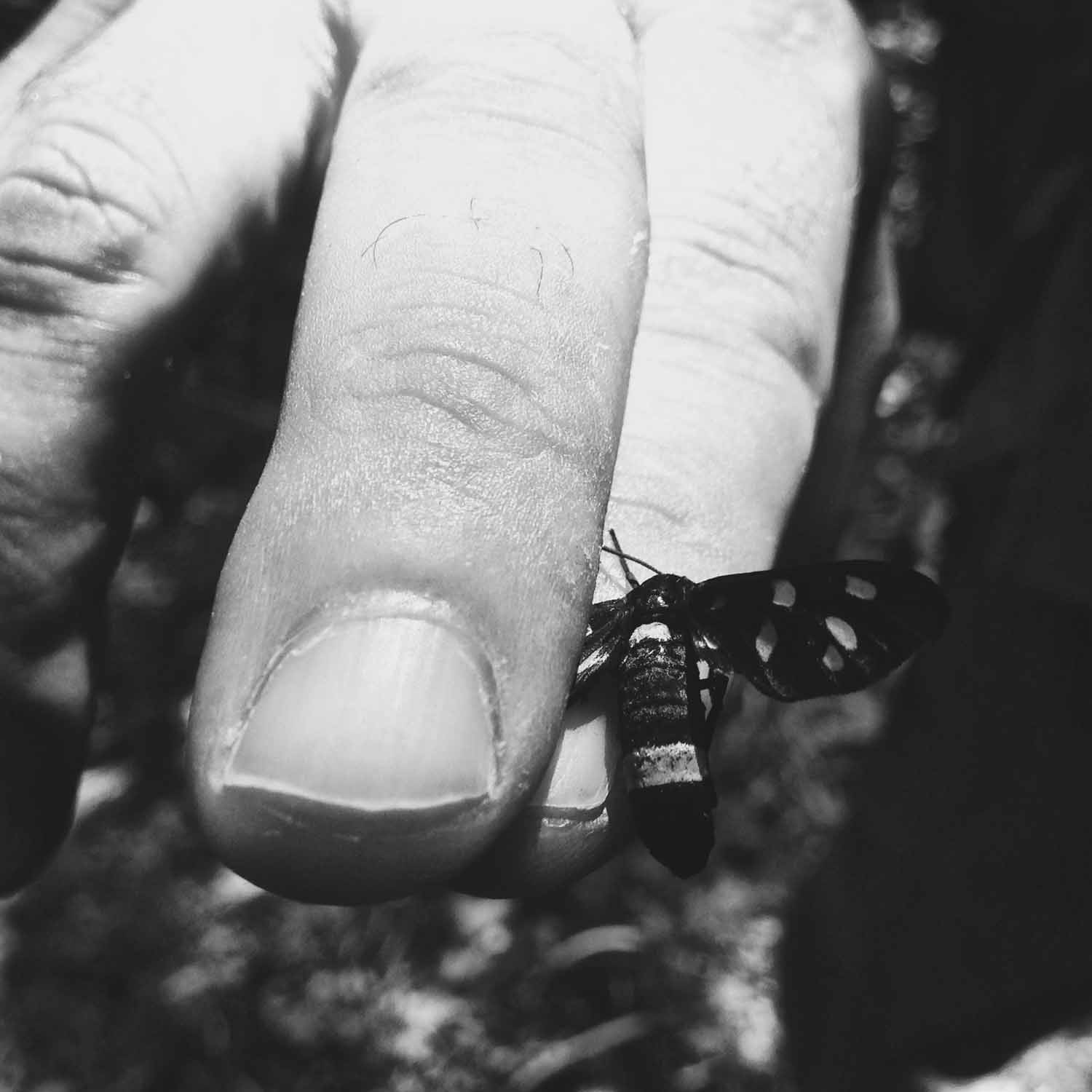

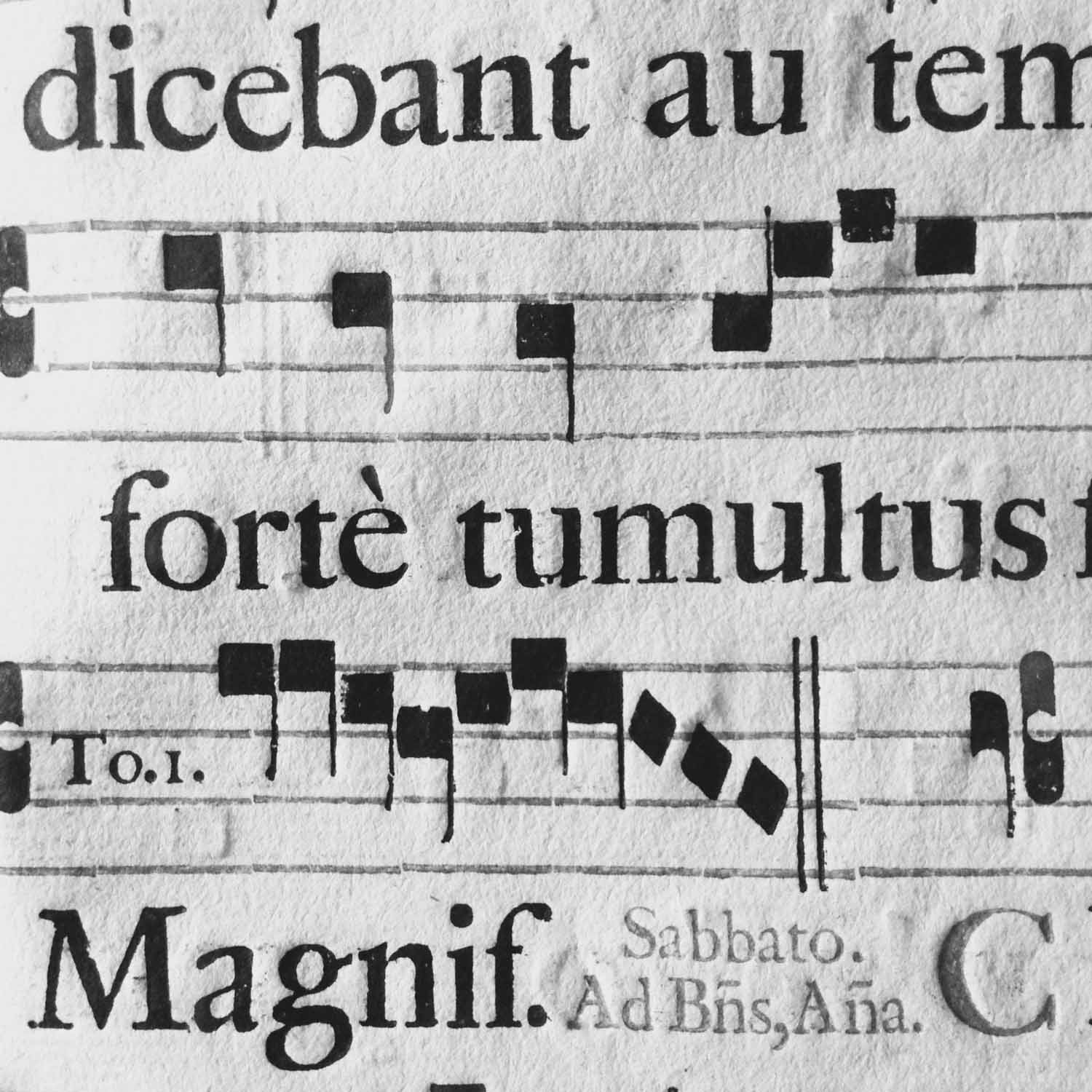
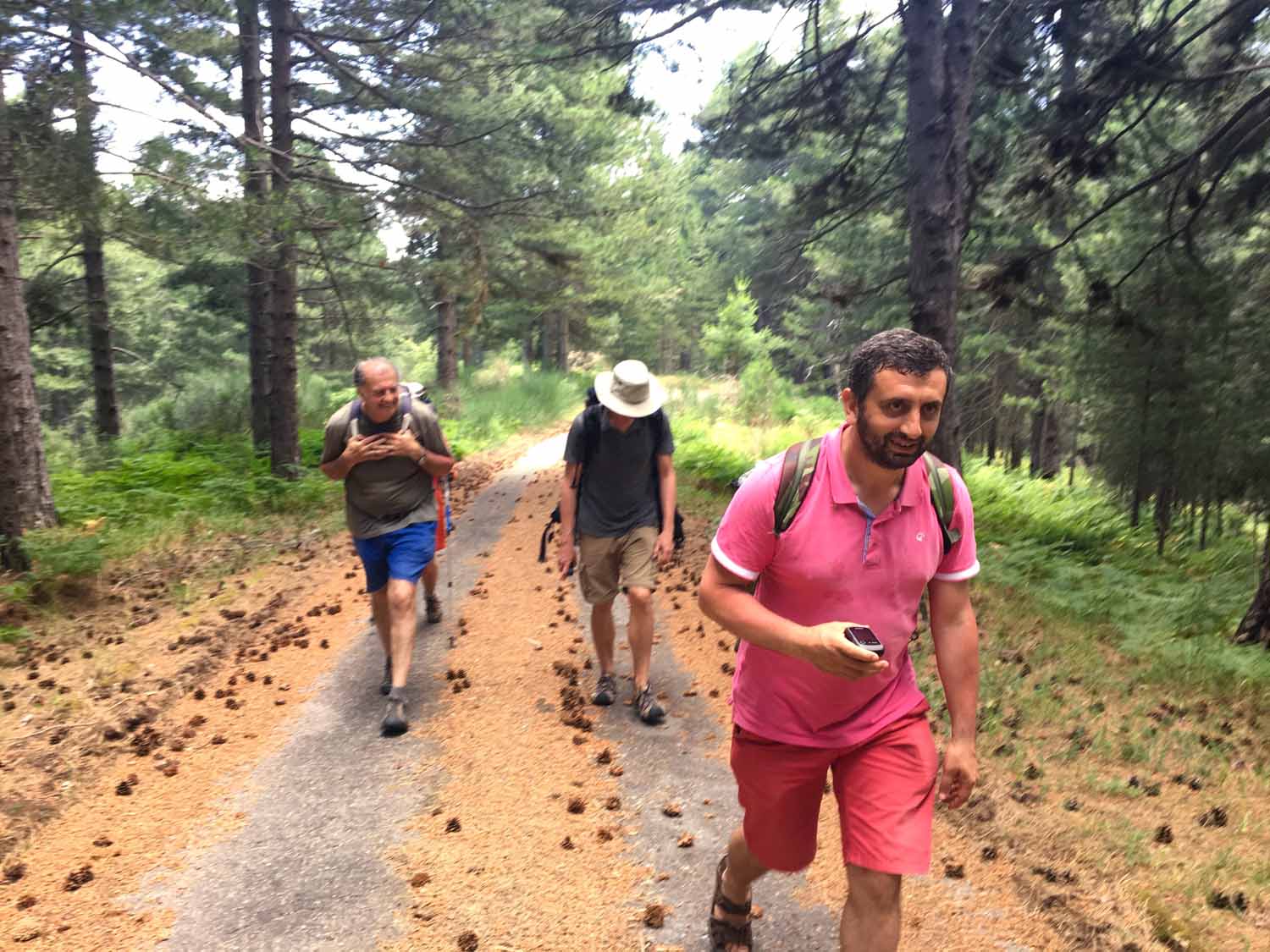
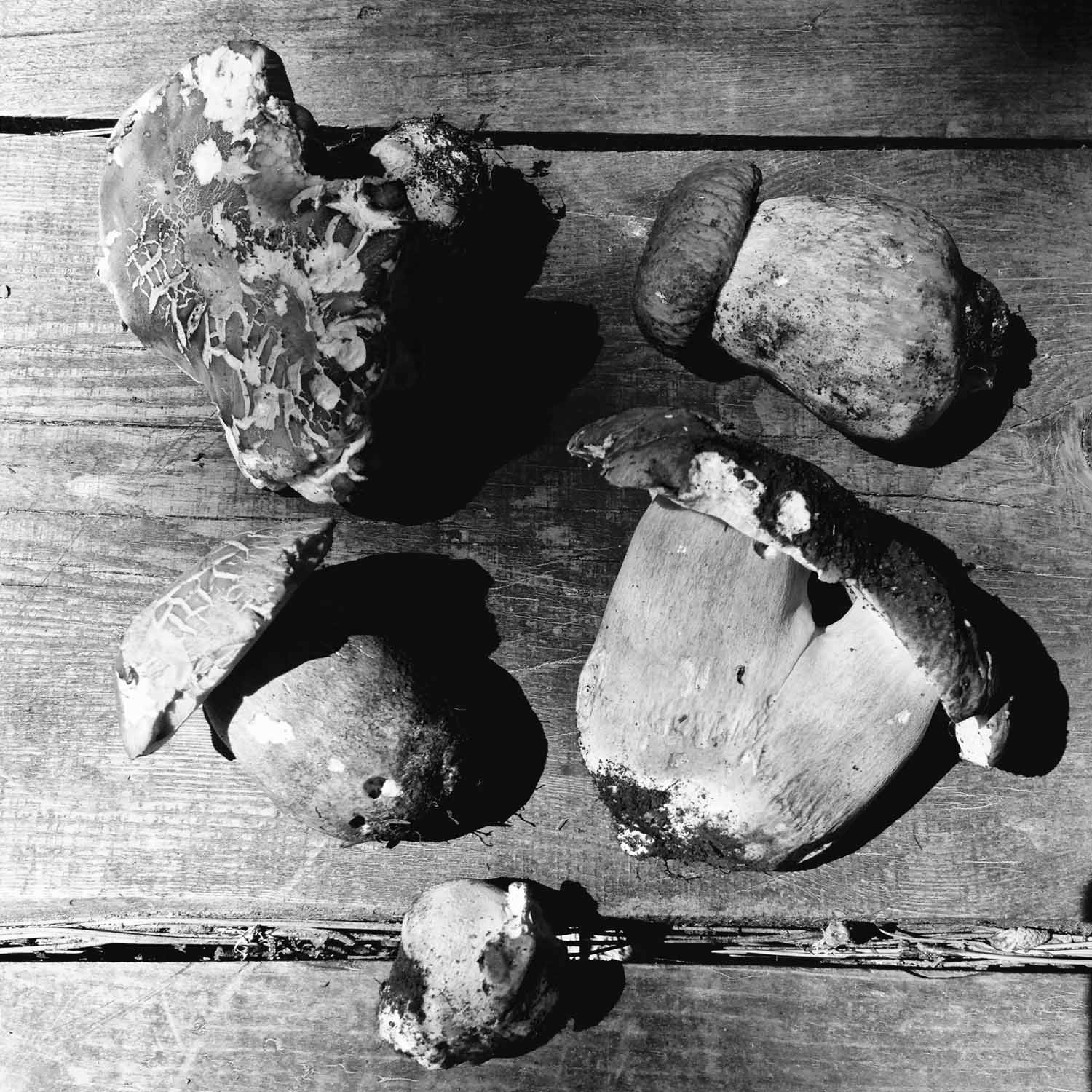

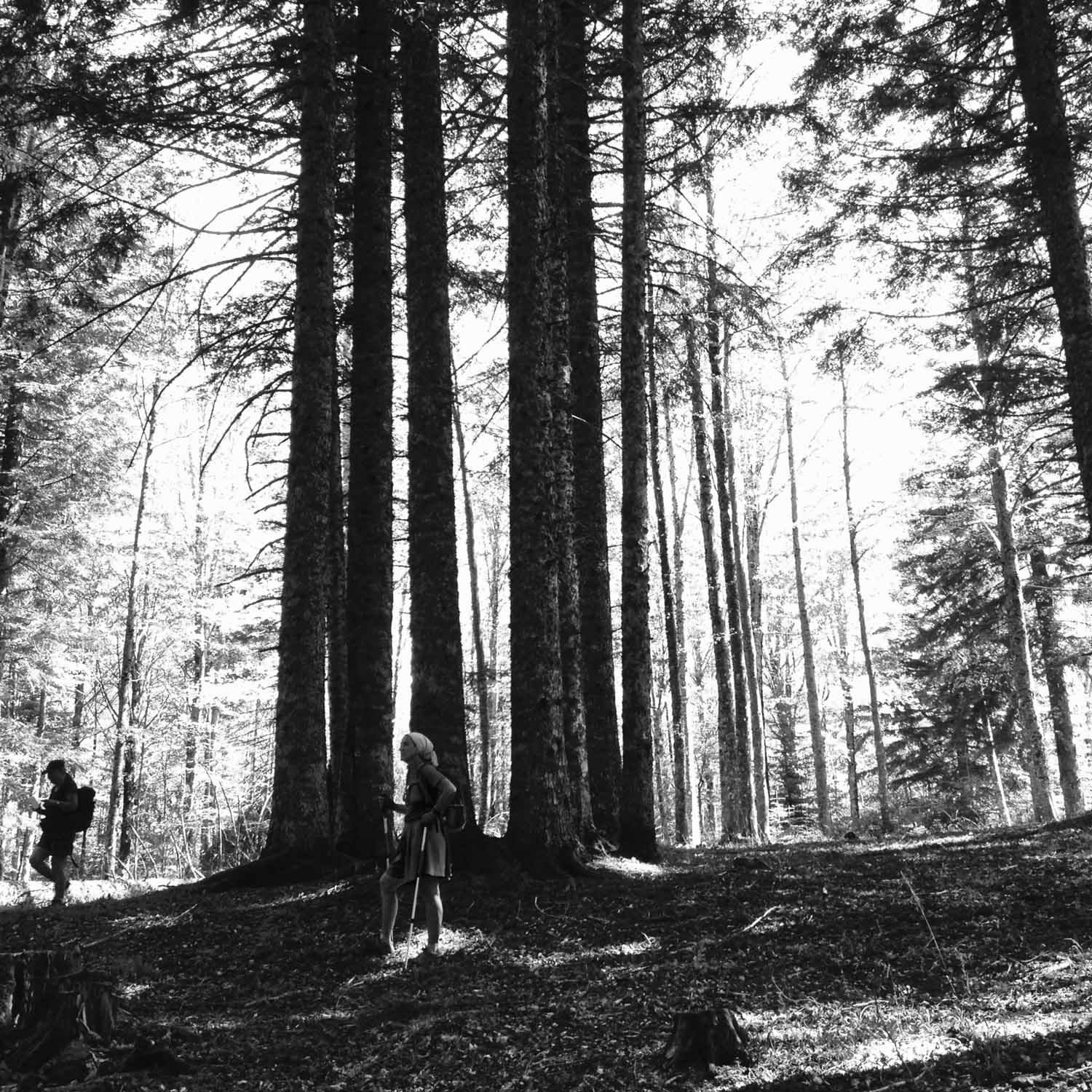
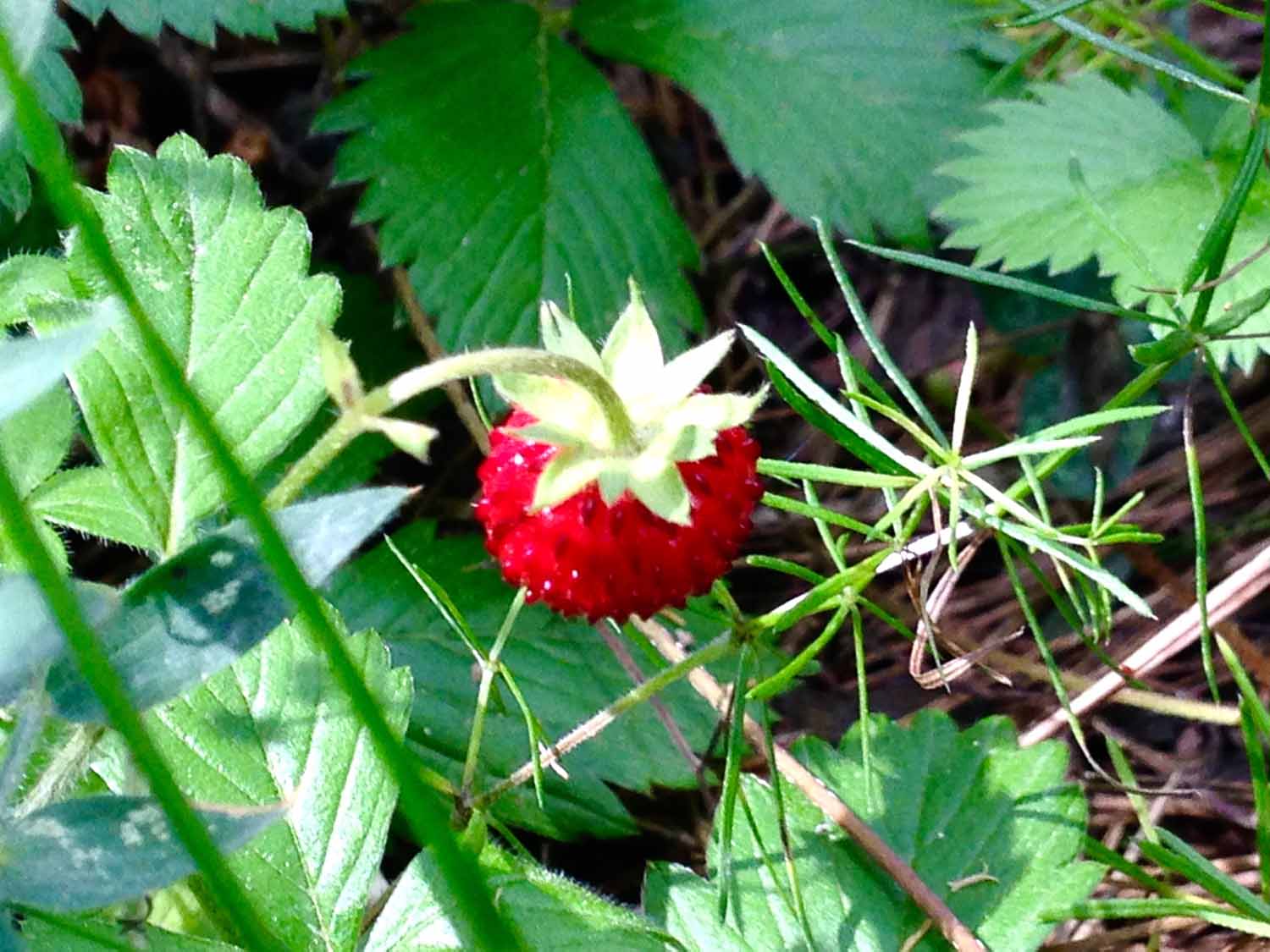
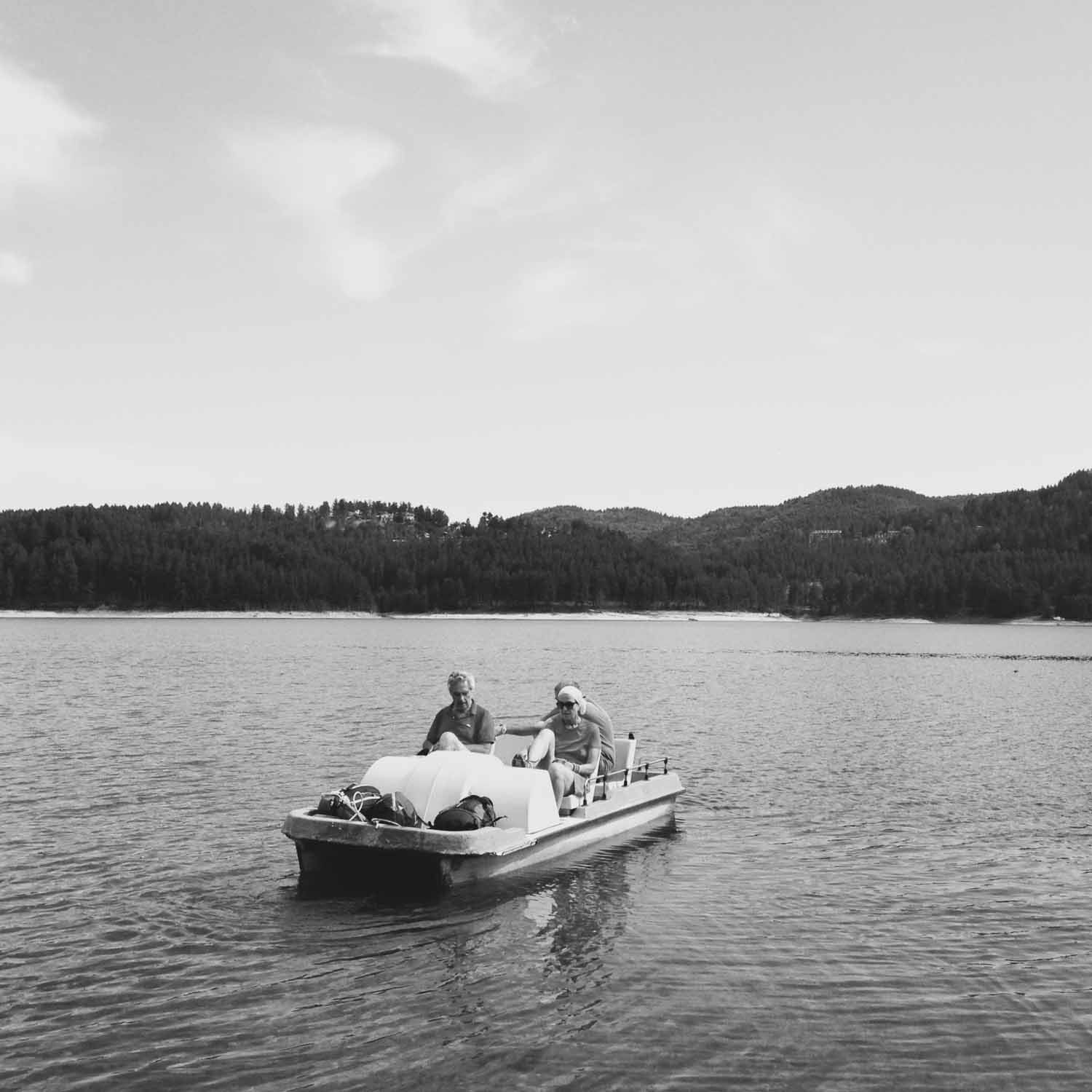
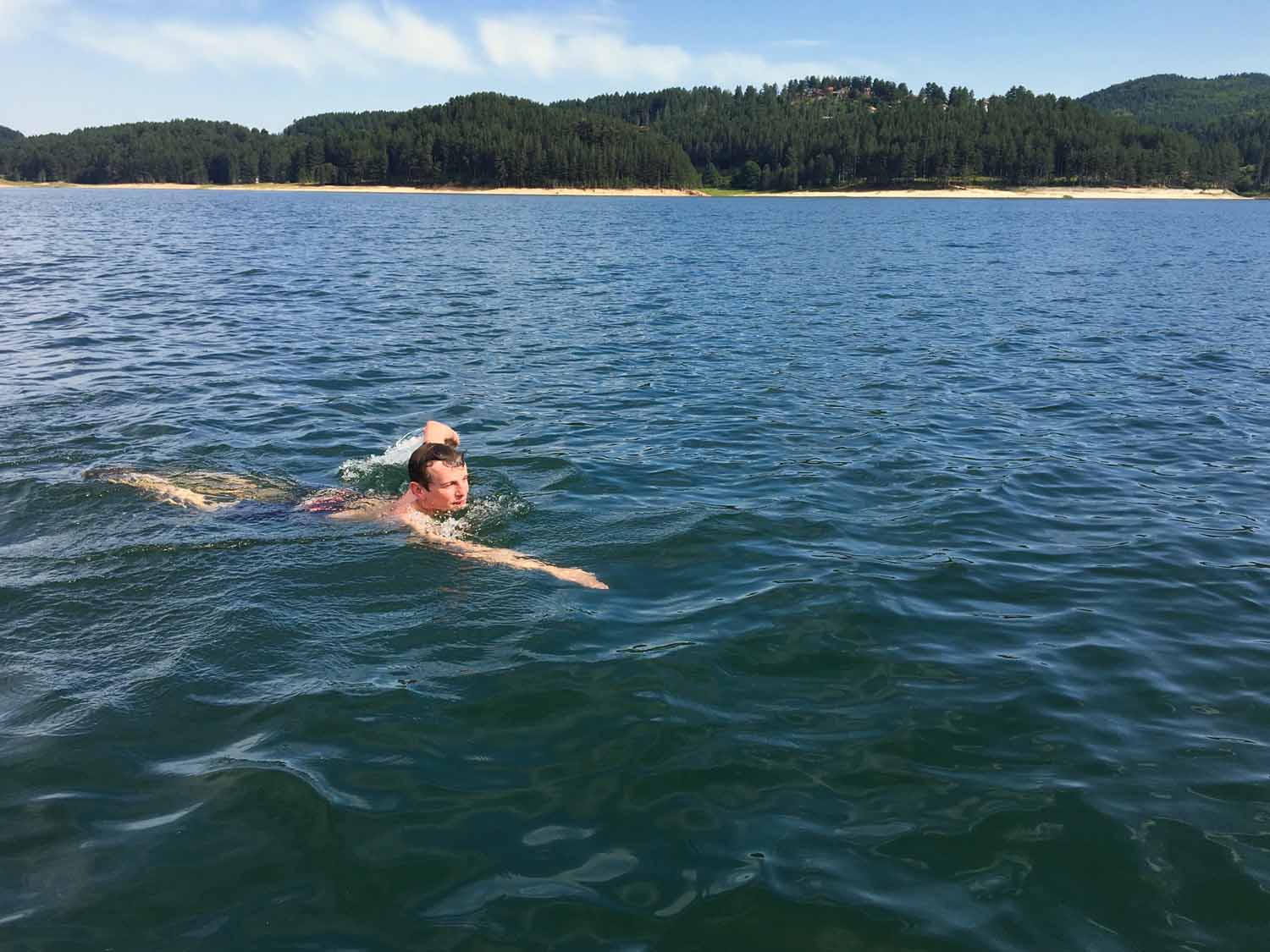
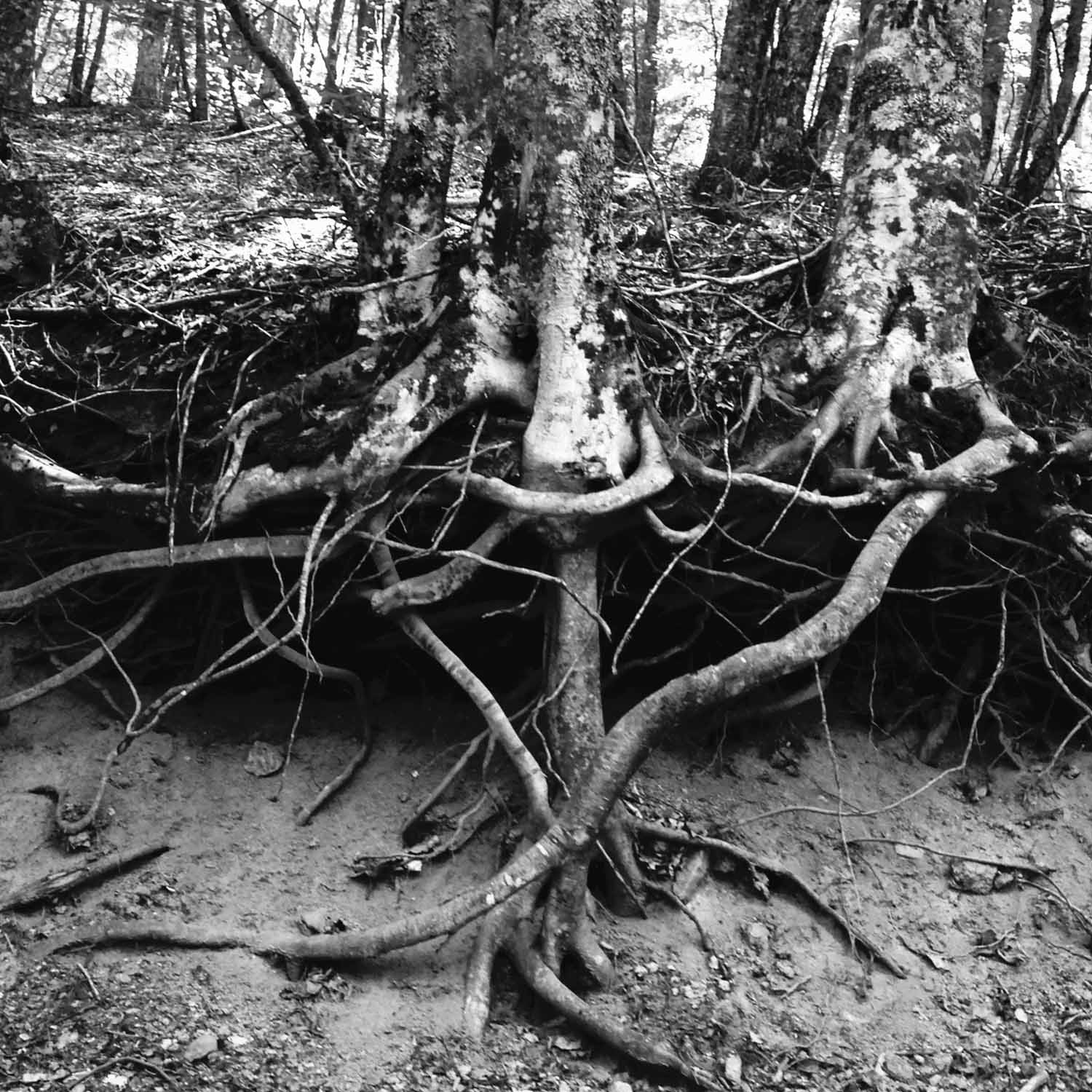

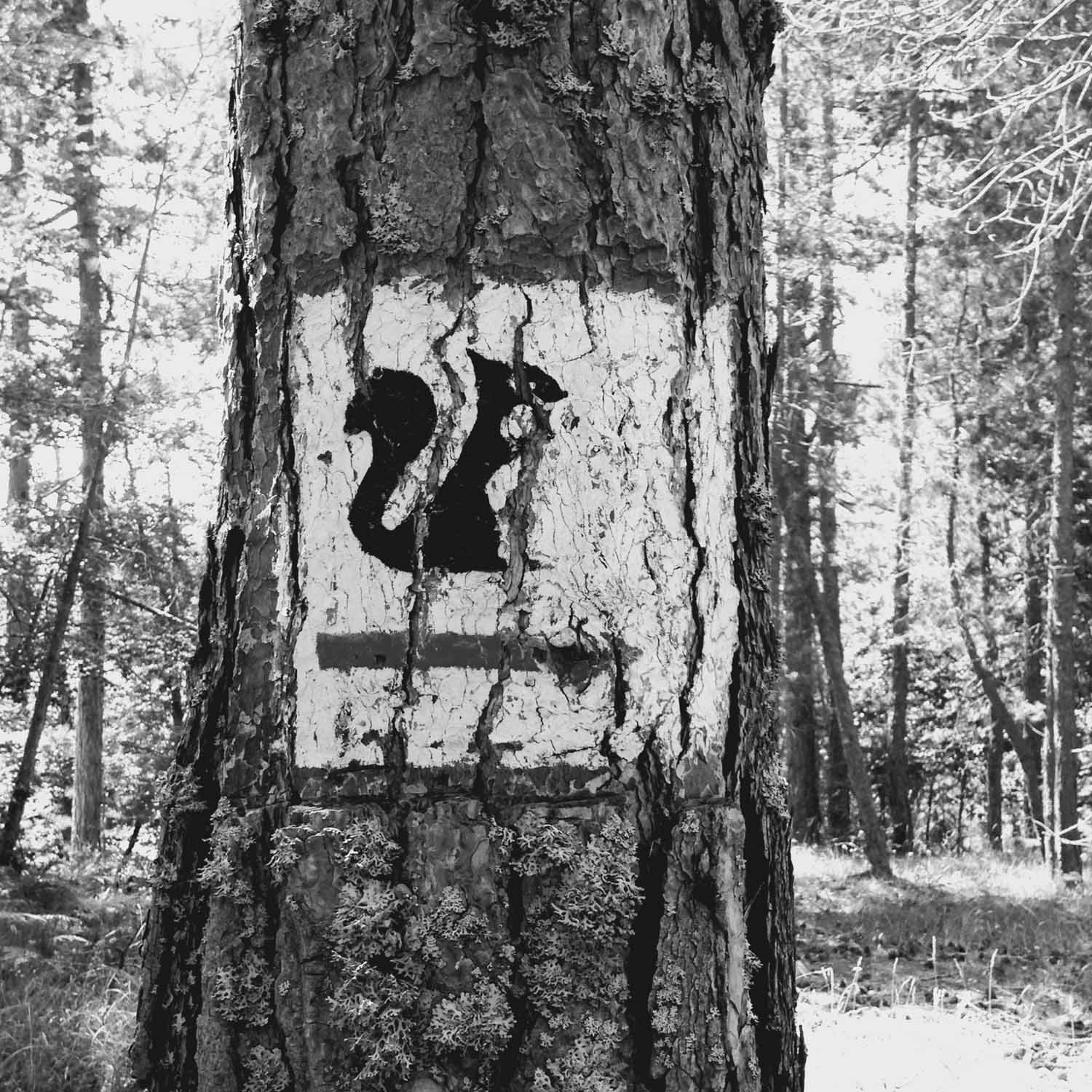
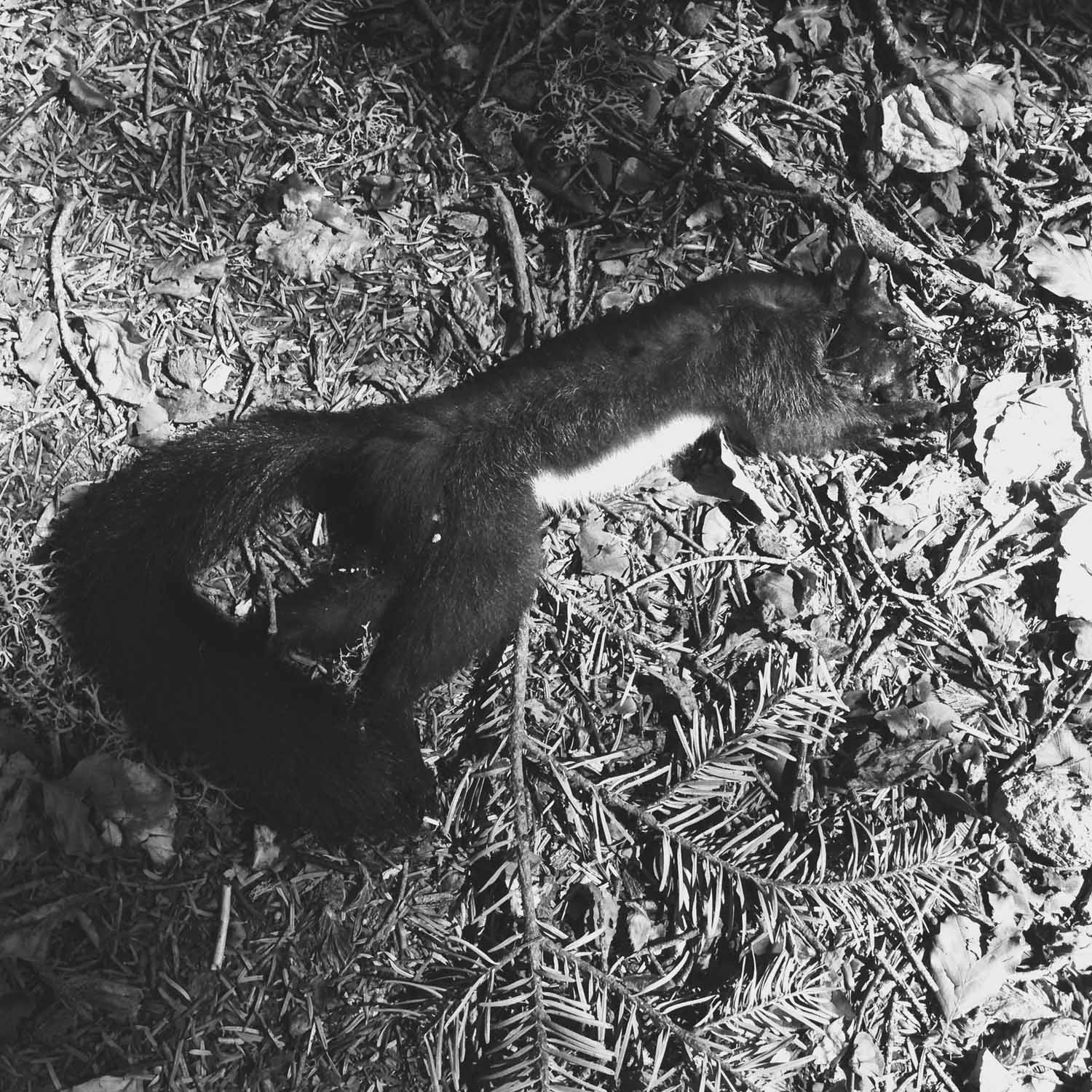


Wonderful stuff. I do love reading your work. Loop lekker, Bly lekker
Des
Thanks Des. Hope you can join one of our Italian walks next year…